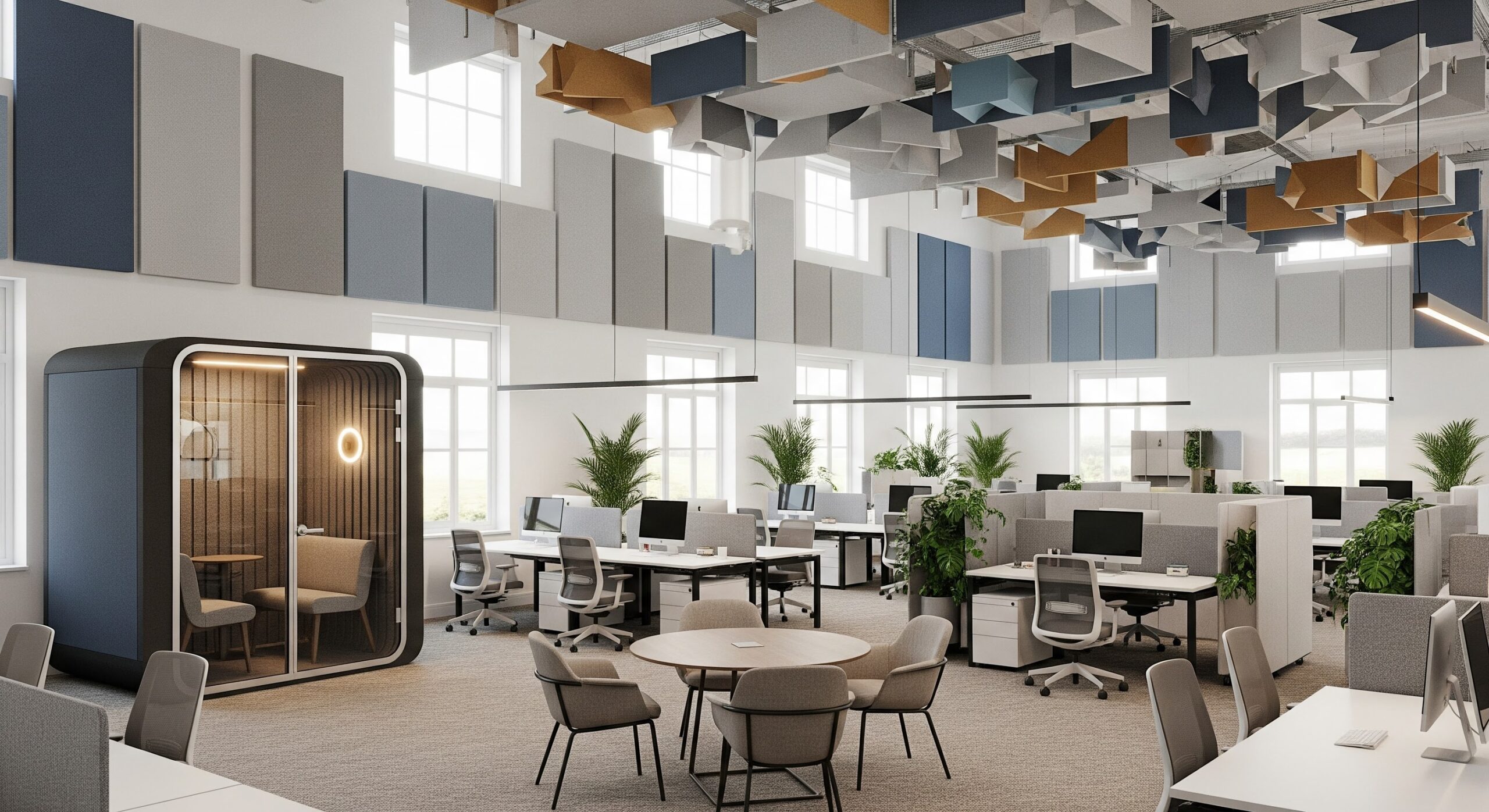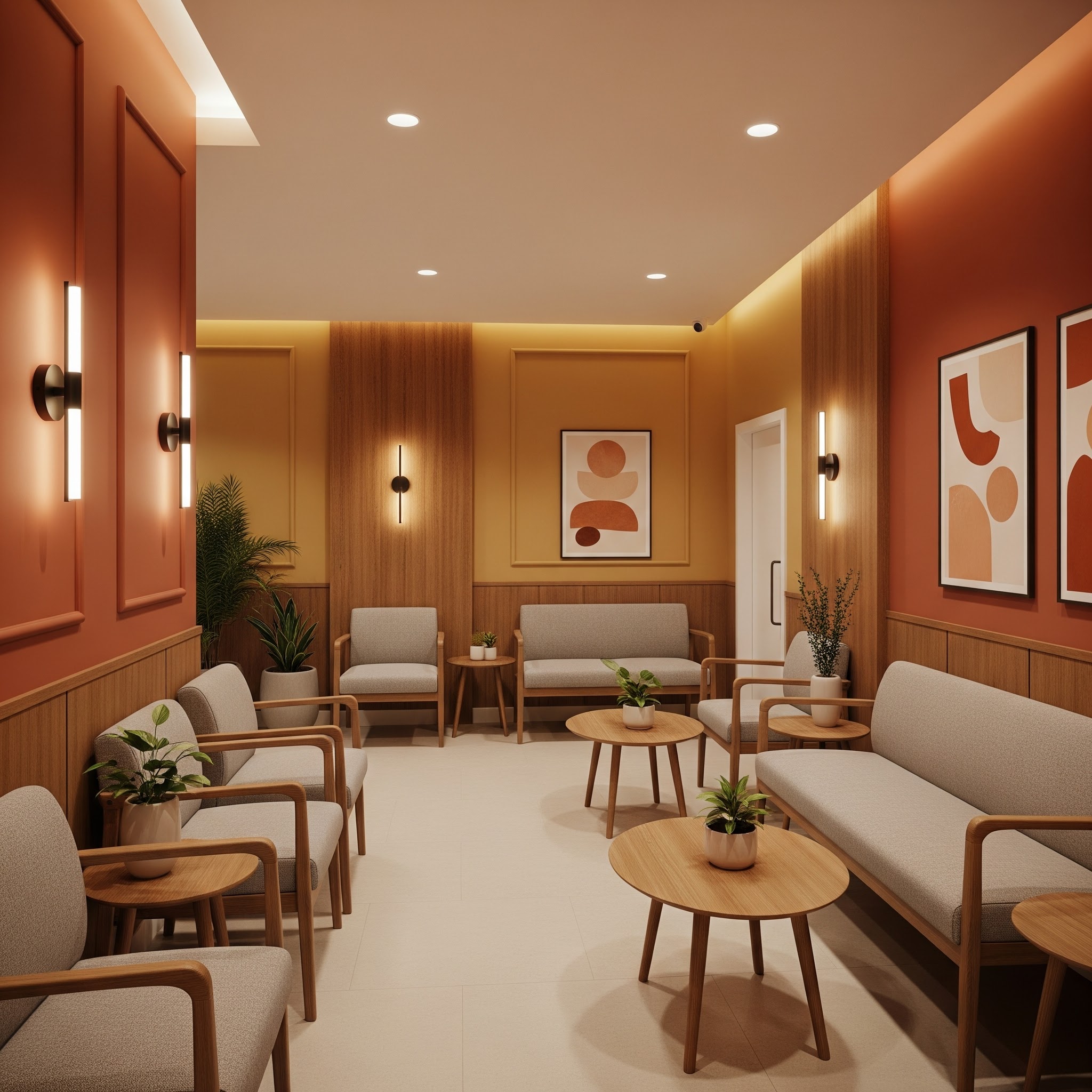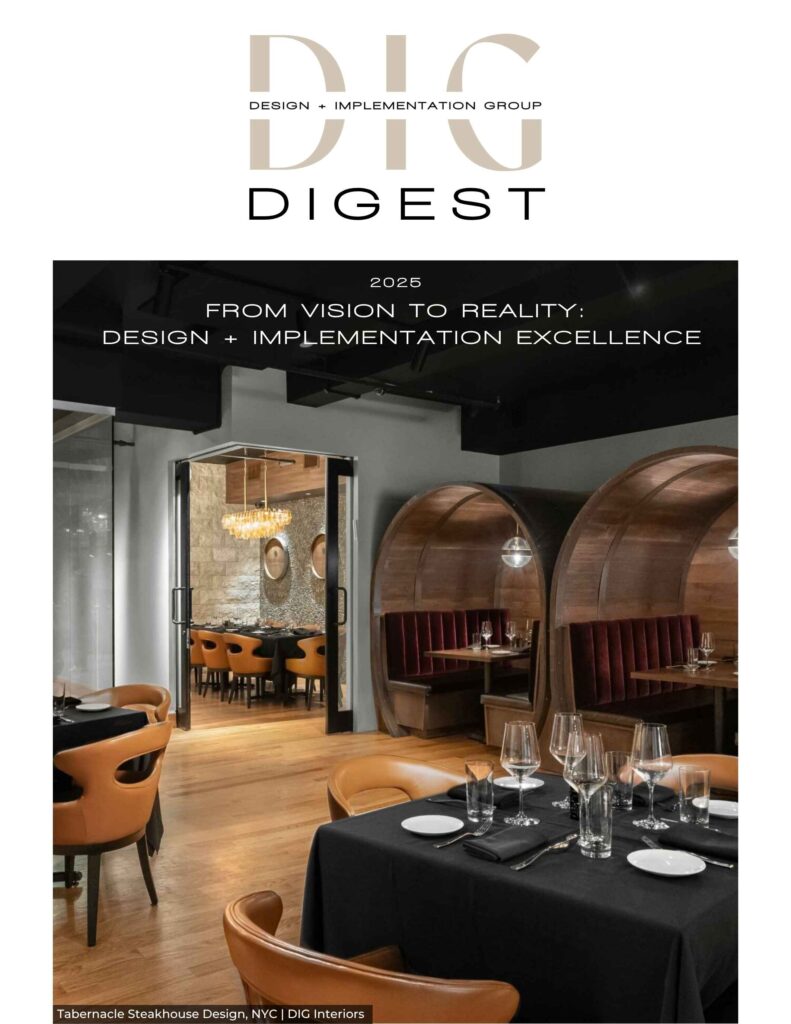As the global population ages, the need for well-designed assisted living facilities becomes increasingly prominent. These facilities are not just buildings; they are homes for those who reside in them, and as such, demand careful planning and thoughtful design. The objective isn’t just about constructing a place for people to live in; it’s about creating an environment where residents can thrive, interact, and lead a quality life. Through a deep understanding of the unique needs of residents and applying thoughtful design principles, we can transform the concept of assisted living into a positive and enriching experience.
Understanding the Needs of Residents
Before embarking on the design process, it is vital to understand the needs of potential residents. These needs can be broadly categorized into physical, emotional, and social needs.
Physical needs often revolve around mobility and accessibility. As residents in assisted living facilities often have limited mobility, designs need to accommodate this factor. Accessibility is a key concern, from the heights of countertops to the widths of doorways, every detail matters.
Emotional needs include the need for independence, dignity, and privacy. Even as residents require assistance in their daily lives, the desire for some level of autonomy remains. Designs need to strike a balance between providing necessary support and maintaining the individual’s independence.
Social needs are sometimes overlooked but are equally critical. Loneliness can lead to depression among elderly residents. Hence, a well-designed facility should foster a sense of community and include spaces for social interaction.
Design Principles
- Accessibility: Every area of the facility should be easily accessible. This doesn’t just mean wheelchair accessibility, but also considerations like the height of switches and the design of door handles.
- Safety: Safety should be the top priority. This includes measures like non-slip floors, adequate handrails in hallways, and sufficient lighting. Emergency systems should also be designed to be easily reachable and simple to operate.
- Comfort: The facility should be a home, not just a building. Spaces should be designed to be comfortable and inviting, with enough natural light, soft furnishings, and personalization options.
- Flexibility: The needs and abilities of residents may change over time. Therefore, spaces should be designed to be adaptable, allowing for changes in furniture arrangement, technology upgrades, and care requirements.
The Role of Technology in Assisted Living Design
With advancements in technology, new opportunities have arisen to enhance the quality of life in assisted living facilities. Smart home technology can be incorporated into the design to provide residents with more control over their environment. For instance, voice-activated systems can enable residents to control lighting, temperature, and entertainment options without physical effort. Moreover, telehealth technology can play a significant role in monitoring resident health and providing timely medical assistance.
Conclusion
Designing for assisted living is a complex yet rewarding task. By centering the needs of residents and adhering to key design principles, we can create environments that not only meet the physical needs of residents but also enhance their quality of life. As we look to the future, the integration of technology will further elevate the living experience in these facilities, offering residents a combination of safety, independence, and comfort.





